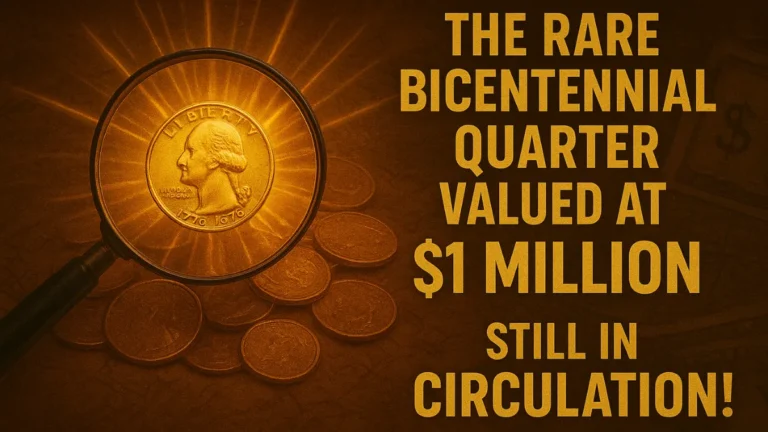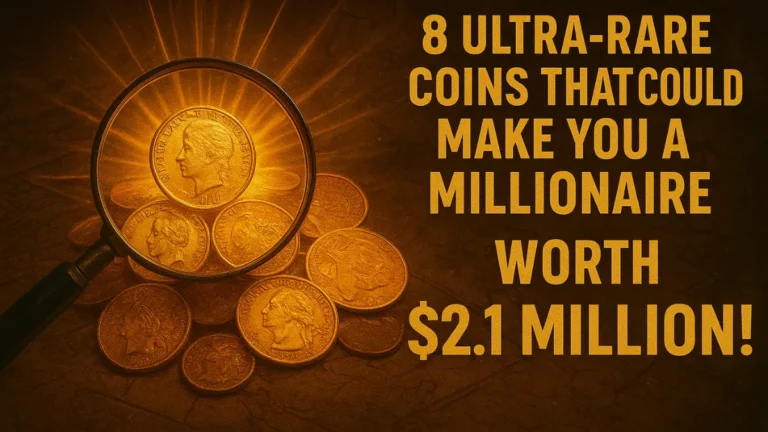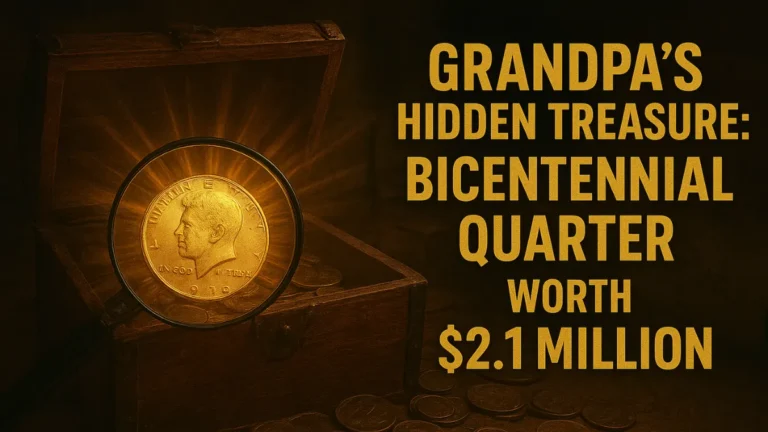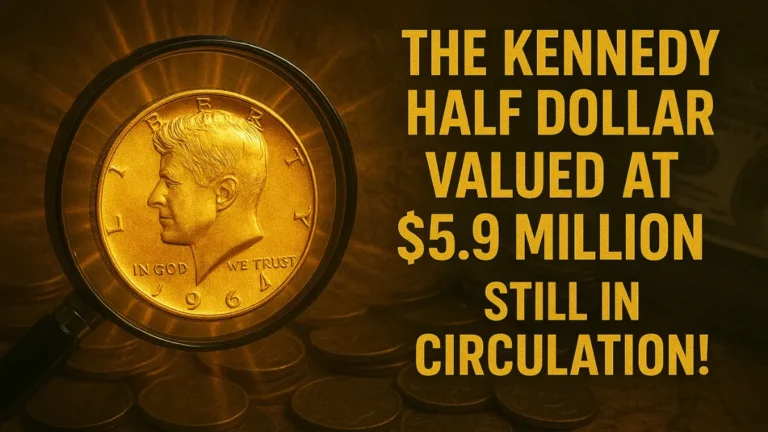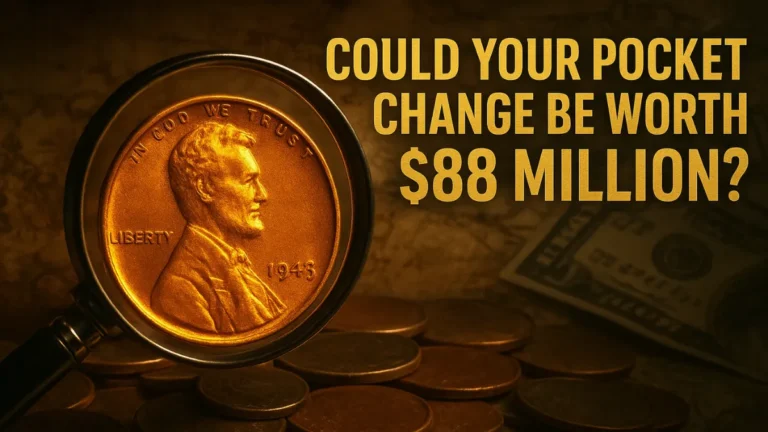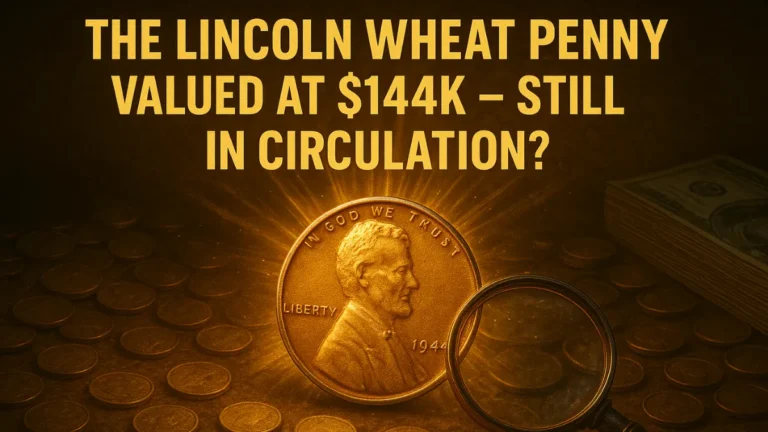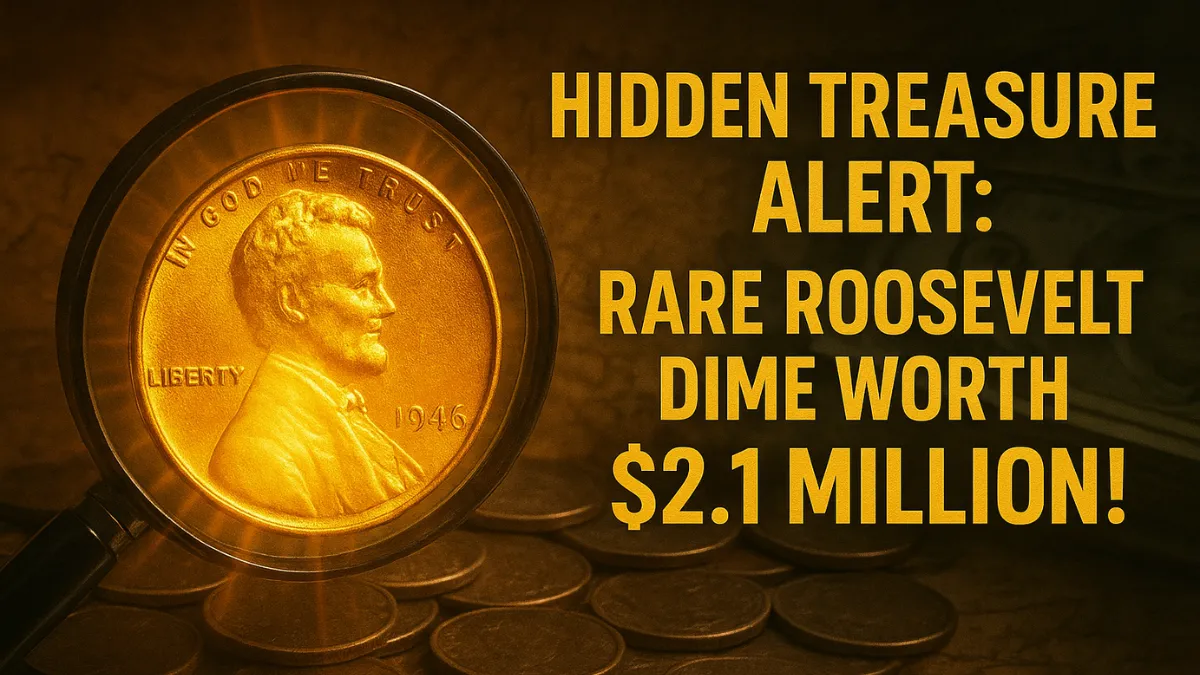The allure of hidden treasures is a timeless fascination, and for coin collectors and casual enthusiasts alike, the notion that a forgotten coin might be worth millions is irresistible. One coin turning heads in the numismatic community is the rare Roosevelt Dime valued at up to $2.1 million.
Could such a treasure still be hiding in circulation? Understanding what makes this dime so valuable and how to spot it can transform everyday pocket change hunting into an exciting and potentially rewarding adventure.
The Roosevelt Dime: A Brief History
First minted in 1946, the Roosevelt Dime was introduced to honor President Franklin D. Roosevelt after his passing. Designed by John R. Sinnock, its dignified portrait and enduring design have made it a fixture in American coinage ever since.
While most Roosevelt Dimes are common and composed of copper-nickel (post-1965), certain dates, mint marks, and errors have become highly sought after by collectors. Silver-content dimes from 1946 to 1964 also enjoy special status for their historical and intrinsic value.
The $2.1 Million Dime: What Makes It Special?
The jaw-dropping $2.1 million price tag is typically associated with ultra-rare, mint-error dimes, most famously the 1970-S proof dime mistakenly struck on a 1941 Canadian dime planchet. Such anomalies are exceedingly rare, often discovered purely by chance. The mistaken planchet causes unique color, weight, and edge differences, setting these coins apart from ordinary dimes.
Because only a handful are known to exist, bidding among advanced collectors can send prices soaring. Contrary to viral posts, not all Roosevelt Dimes are this valuable—only those with unique composition or minting errors demand such astronomical figures at auction.
How to Search for a Rare Roosevelt Dime
While the odds are slim, anyone can become a treasure hunter by paying attention to the coins that pass through their hands. To maximize your chances, examine dimes carefully for odd coloration, unusual thickness, or clipped edges.
Dates and mint marks are also crucial: check for scarce issues like the 1949-S, 1950-S, or the 1982 no-P Roosevelt Dime, all of which can be valuable under the right conditions. Use a magnifying glass and consult reputable coin collecting guides to distinguish between truly rare errors and common wear. When in doubt, consider having your coin reviewed by a certified grading service.
What to Do if You Find a Rare Dime
Spotting a potential rarity can be thrilling, but proper identification is essential. If you believe you’ve found a unique Roosevelt Dime—especially one with an unusual metal content or mismatch—handle it gently to prevent wear and protect its value. Avoid cleaning the coin, as this can diminish worth to collectors.
Seek the advice of a professional numismatist or a reputable coin dealer, and consider professional authentication and grading for high-value finds. Well-documented rarities can command strong auction prices, but even less-famous rare dimes can fetch impressive sums among collectors.
The Value of Paying Attention to Everyday Change
Hidden treasures aren’t just stories—they sometimes materialize for those who remain curious and diligent. Taking a moment to inspect your spare change can put you in the company of lucky finders who discover real value in the most ordinary places.
While stumbling upon a $2.1 million Roosevelt Dime is exceedingly rare, the experience of learning about coins, their history, and their subtle variations is rewarding in itself. As coin collecting continues to capture imaginations, there may still be extraordinary finds yet to surface in pockets, jars, and drawers everywhere.
✨ You May Also Like ✨
